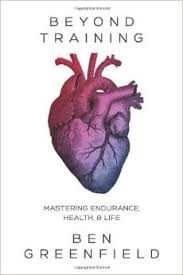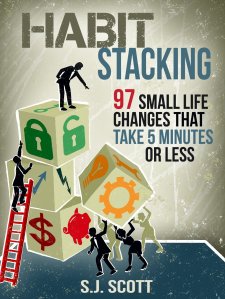I first heard of the book Unbeatable Mind when Mark Divine, the author, was interviewed on Ben Greenfield’s podcast. Since then, I have followed his work on his blog and interviews. He started his career in public accounting. After realizing that the corporate world wasn’t the path for him, he took a leap and entered the Navy Seal, which he served for 9 years. Since then, he has become a successful entrepreneur, founding Navyseals.com and launching US Tactical. He is also the author of three books.
I tend to be drawn to books that are about strengthening your mind because I think it is the largest component of success in every aspect of life. Unbeatable Mind is about developing your personal power so you can enjoy success in your life. This book touches on all aspects from challenging your physical body to meditation practices to character building. While this book is filled with a lot of really good information, I have summarized a few of my key takeaways below:
- Starve Fear, Feed Courage – in order to win, you must win in your mind first. This includes starving out negative thoughts and replacing them with positive thoughts. The mind has a negative bias so we must be very proactive in witnessing your negative thoughts. In practice, once you witness a negative thought, you must stop that negative thought with a power statement (words as simple as like “Stop” or “No” work) and redirect your mind with self-talk to something positive and productive to your current goal. Further, you can maintain your new mental state with a jingle or mantra (e.g., “You got this”). This sounds cheesy but this process has helped me to be much more aware of how many negative thoughts enter my mind and how to get them out.
- Goal Setting – goals should be simple and measured consistently. Additionally, you should have an underlying why to why you want to achieve this goal. They should be specific and fall within a certain timeline. When the goal is lofty and times get rough, break them up into micro goals which allow for a series of mini victories. I’ve started to write down goals and make them simple, yet specific. This is also new for me but the process of writing down and reviewing has kept me on track thus far.
- Visualize for Success – while I have heard about visualization techniques for a while now, I have never put it into practice. Divine dives deep into different visualization techniques including mental projection, where you are visualizing a personal future state or victory, and mental rehearsal, where you practice a skill or prepare for an event in your mind. These sessions should be practiced regularly and include as much detail as possible. I have a dodgeball tournament coming up (don’t laugh) so I have been using mental rehearsal techniques to build confidence and “win” prior to playing.
- Always Challenge Yourself – push yourself to the 20x factor and test your grit on a daily, weekly, monthly and yearly basis. Never shy away from challenge and set audacious goals for yourself and knock them down, one step at a time. While I tend to take on a lot of challenges, my mindset is usually negative. After reading this book, it has taught me to attack a challenge versus dread it.
The points above are only a sliver of the content in the book. Unbeatable Mind is chalk full of great information and I recommend it for anyone who is interested in bettering yourself.









